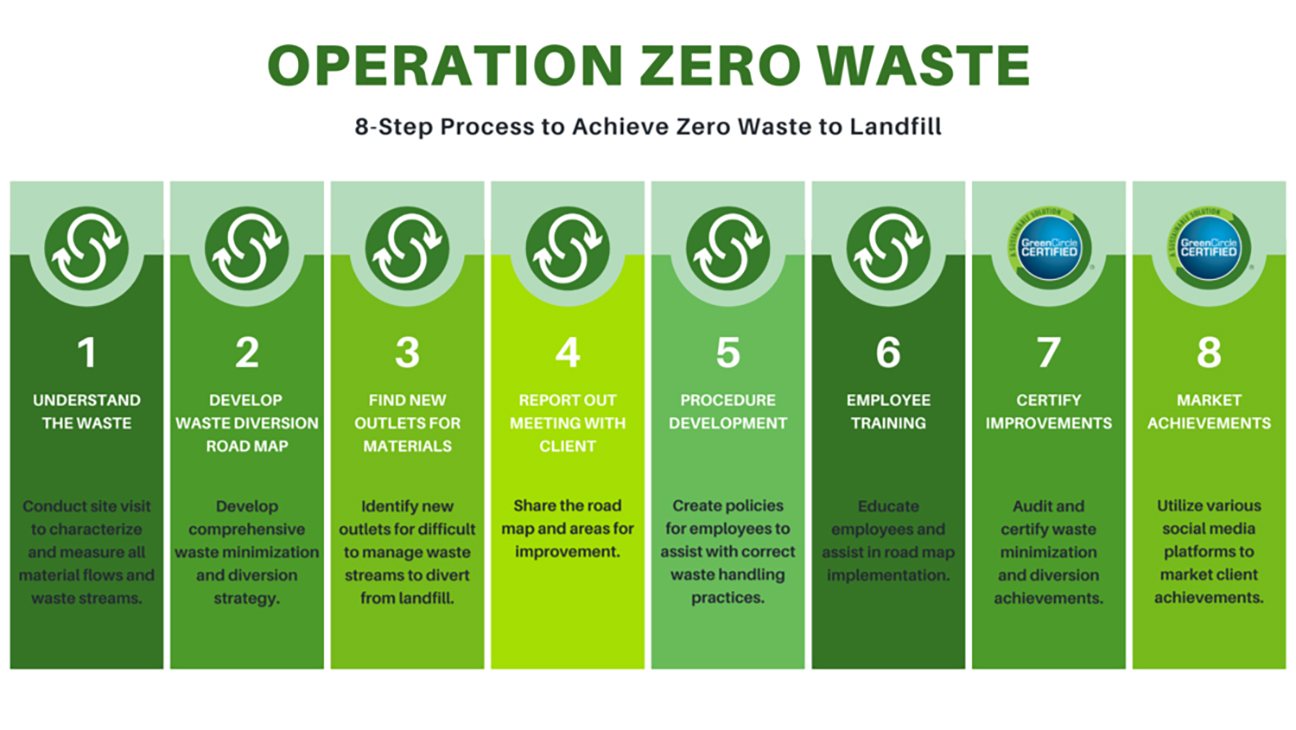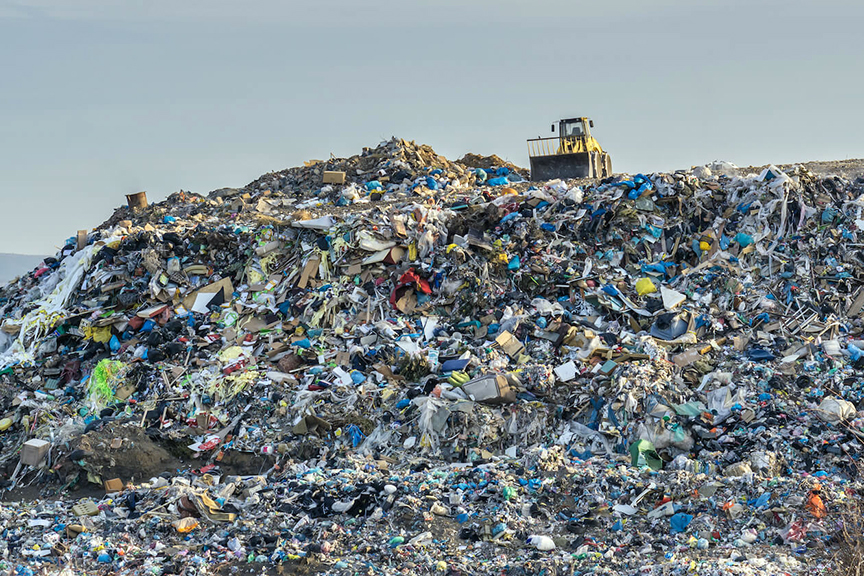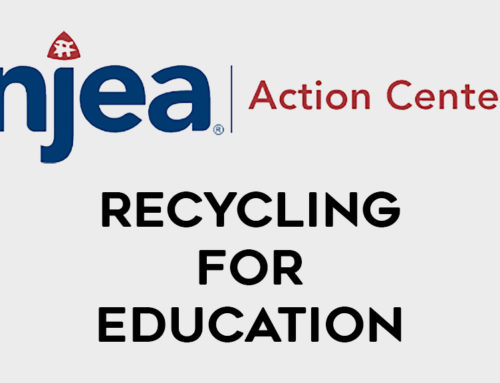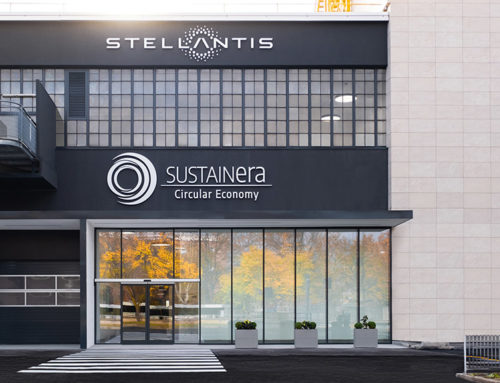In a world where environmental consciousness is at the forefront, the concept of “zero waste” has gained significant traction. Zero waste is more than just a buzzword; it’s a commitment to reducing waste at its source and finding sustainable alternatives to disposal. One essential aspect of this movement is the “Zero Waste to Landfill” (ZWTL) goal, which goes beyond the surface to eliminate all waste discharge to landfills. There are easy ways companies can address the significance of a ZWTL approach and the challenges that come with it on the path toward a more sustainable future.
Zero Waste vs. Zero Waste to Landfill:
While “zero-waste” and “zero-waste to landfill” are often used interchangeably, it’s crucial to understand the distinction between the two. ZW represents a holistic approach to minimizing waste generation, focusing on reducing, reusing, and recycling materials to the maximum extent possible. On the other hand, ZWTL specifically targets the complete elimination of any manufacturing waste ending up in landfill sites. Let’s explore why achieving ZWTL status is both a commendable goal and a complex endeavor.
The Significance of ZWTL:
The foremost benefit of a ZWTL approach is the preservation of our environment. By diverting all waste away from landfills, companies mitigate the harmful environmental impacts associated with landfilling, such as soil and water contamination and greenhouse gas emissions.
ZWTL promotes resource conservation by encouraging industries to find innovative ways to reduce, reuse, and recycle their waste streams. This not only reduces the demand for raw materials but also minimizes energy consumption.
Adopting a ZWTL mindset fosters sustainable practices within organizations. It encourages businesses to examine their manufacturing processes, identify waste generation points, and implement strategies to prevent waste from reaching landfills.

Challenges on the Path to Zero Waste to Landfill:
Achieving ZWTL status is undoubtedly a commendable goal, but it’s not without its challenges:
One issue with a ZWTL goal is the potential for companies to incinerate their waste, claiming zero landfill status. However, Waste-to-Energy (WTE) processes can produce substantial amounts of ash that still need to be landfilled, posing environmental concerns.
For companies with intricate supply chains, ensuring that no waste reaches landfills can be a logistical challenge. Coordinating waste reduction efforts across multiple stakeholders can be daunting, but is achievable, even in increments.
The process represents a noble pursuit of sustainability, emphasizing responsible waste management practices and environmental stewardship. While it comes with its share of challenges, it’s a goal that inspires positive change and innovation. Achieving ZWTL status requires a commitment to reducing waste at its source, adopting circular economy principles, and continually seeking new ways to minimize environmental impact where waste becomes a relic of the past, not a burden on our planet.






